A
lbert Einstein said, “If I were not a physicist, I would probably be a musician. I often think in music. I live my daydreams in music. I see my life in terms of music.”
Music of course is a powerful device. It has the ability to entertain, inspire and even heal. But with the mainstream introduction of music videos 37 years ago, music’s influence was suddenly elevated to the visual realm. The best music videos are important artistic tools, and ideal marketing devices for branded content. In this post, we’re going to examine the top music video trends creatives are looking to promote. Music videos may have killed the radio star, but they haven’t haven’t hurt brands. Alright, let’s get started!
The Best Music Videos & Trends
The Best Music Videos & Trends for Creatives
1. The resurgence of music videos
A real turning point for music videos came in 1983 with the release of Michael Jackson’s “Thriller”. This 14-minute mini movie showcased the artistic and branding possibilities of the format.
The medium continued to thrive for the next 25 years. However, with the cancellation of video countdown shows like Total Request Live in the mid-2000s, the ability of music videos to promote an artist’s brand diminished.
Just as video killed the radio star, streaming killed the television star. This development has re-established music videos as powerful advertising tools.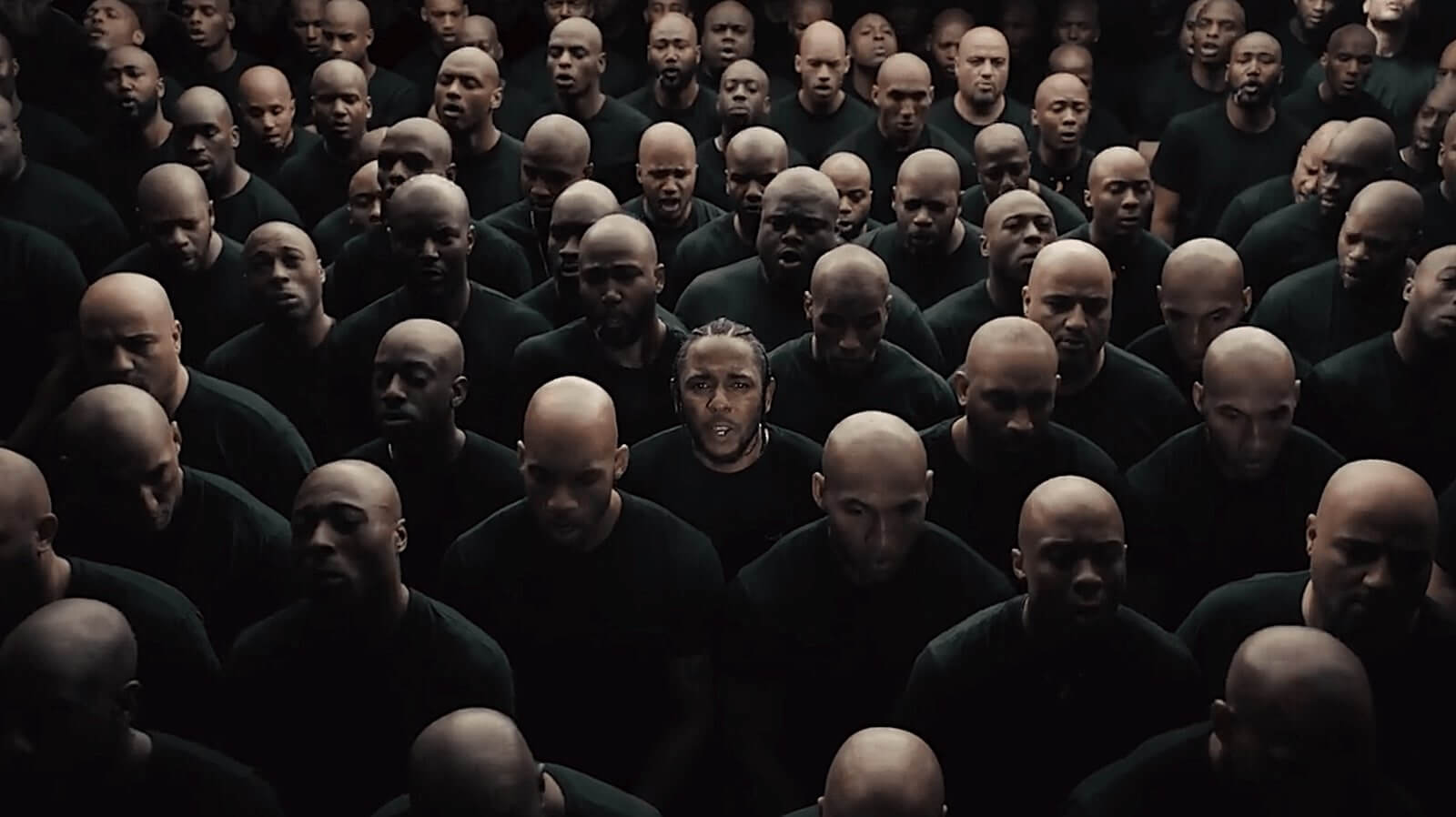
Web platforms have enabled top music videos to be shared by millions.
In 2013 alone, a Nielsen report found 57.1 billion music video streams out of the 118 billion total streams online.
The two big advantages web platforms offer music videos are accessibility and share ability. Within minutes, a video can be shared by thousands, if not millions of users.
This ability gives artists more power over their brand than ever before.
the best music video trends
2. The best music videos use commentary
With this increased independence though, artists are becoming more cognizant of their audiences. As of recent, informed consumers are concerned with social equality. In the world of advertising, this is known as cause-based spending.
According to a Cause Good study, when faced with the option of purchasing two products of equal quality, 90% of U.S. consumers will invest in the cause-branded product.
Artists and labels alike have taken note. In 2011, MTV launched their Video Music Award for Best Video with a Social Message. This trend has only increased, with the best music videos of 2017 exploring social issues to benefit their brand.
Consider Charlie XCX’s video for her song, “Boys.”
We’re well-aware that women have long been objectified in music videos.
The busty, bikini-clad woman has become as ubiquitous to some video genres as the musical instruments themselves.
Many artists though are looking to alter the perception and role of women in the medium. With “Boys,” the artist questions the traditional norms of male/female objectification.
Co-directed by Charli XCX herself, the video features guests including Wiz Khalifa, Ty Dolla $ign and Mark Ronson. As the song progresses, we see men taking on the familiar, hyper-sexualized roles of women.
In a recent BBC Radio interview, the artist says, “I just want to flip the male gaze on its head and have you guys do the sexy stuff.”
This altering of historical perceptions also became a focus in the Kendrick Lamar music video for the song, “Humble.”
Co-directed by music video legend Dave Meyers, the lead single from Lamar’s “Damn” album uses religious imagery to convey themes of whitewashing and marginalization.
A Kendrick Lamar music video often examines contradiction. Here, religion can be a force of spiritual good, but also a form of subjugation.
Lamar knows that those in power control history. More often than not, history askews truth in favor of promoting one group of individuals, while disenfranchising others.
Discussing the video in a recent interview, the artist says “Everything is symbolism based off contradiction. When you listen to the actual lyrics and you see the visuals behind it, you know they fight against each other. That’s what makes it unique to me.”
This questioning of traditional roles also features prominently in Jay-Z’s recent work. Take the video for his song, “Moonlight.”
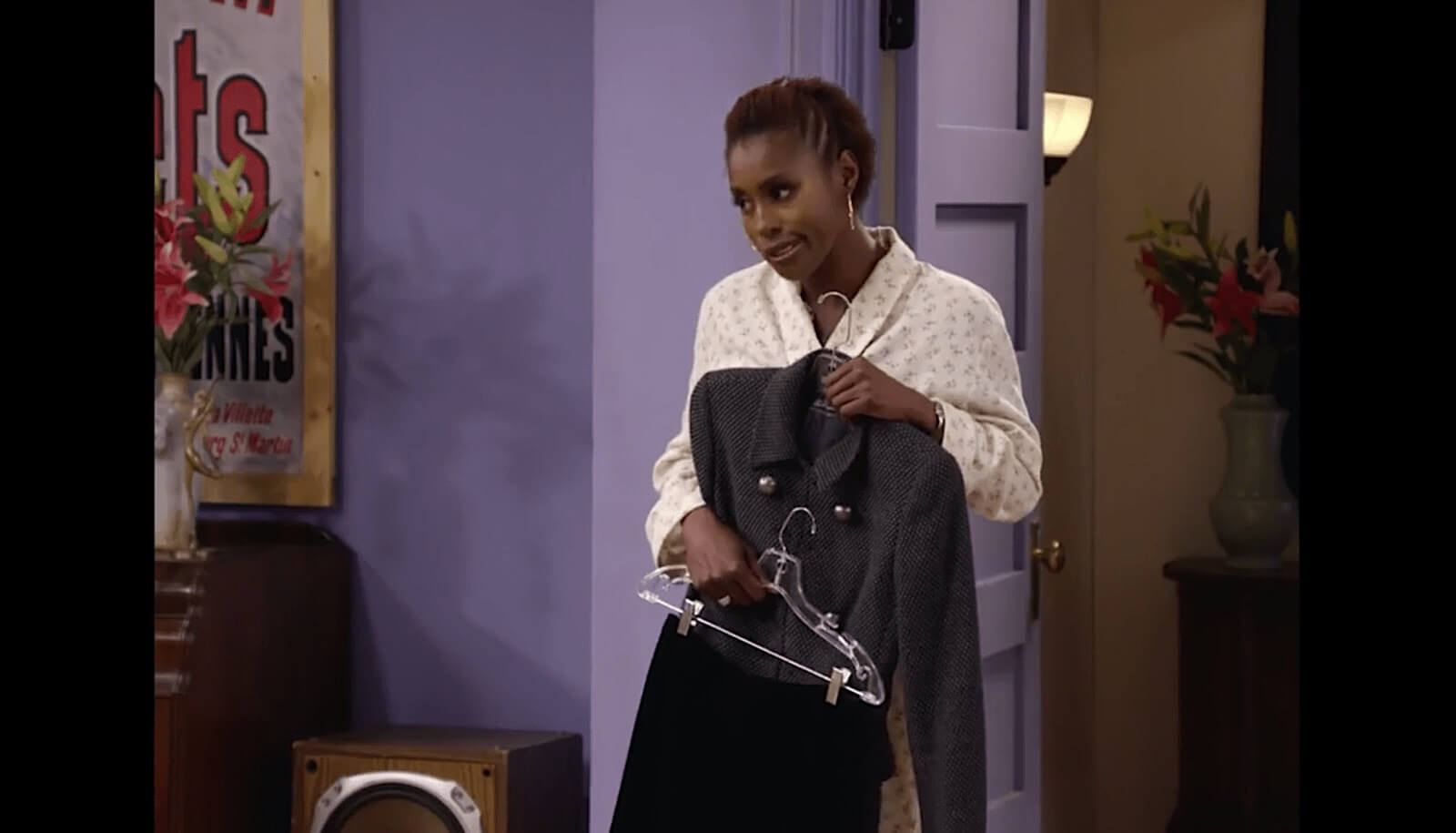
The best music videos become rallying cries as much as entertainment.
Here, Jay-Z takes on issues of black representation and appropriation.
Using the same sets, shots and clothing as the series Friends, the artist looks at the historic lack of promotion for black artists.
In fact, by replacing the white cast with actors of color, many believe the video was a nod to the popular belief that Friends was modeled off the 1993 Fox series Living Single.
For Jay-Z, this has been a historical problem. Network executives will neglect supporting a show created by black artists, in favor of reimagining a project with a white cast.
In Jay-Z’s recent work, it’s not only about black exclusion in popular entertainment, but black portrayal.
Take “The Story of O.J.,” as another example.
For the project, Jay-Z chose director Mark Romanek, whose work with Trent Reznor has yielded some of the best music videos ever.
Here, the video contains four minutes of black-and-white animation meant to mimic minstrel cartoon characters. This type of racist imagery features prominently in early Disney and Warner Bros. projects.
Like Kendrick Lamar, Jay-Z wants to highlight the social negligence and manipulation by those in power. These prejudiced portrayals distort and damage the identity of a community, producing wounds that are still trying to heal.
In a recent interview, Jay Z says the purpose of the video was to explore, “Who we are and how do you maintain the sense of self while pushing it forward.”
More than ever, the best music videos have become the ideal form to connect with like-minded viewers. This is important for both the artist’s values, and their brand.
Related Posts
best music videos and trends
3. Top music videos embrace the frame story
Now, you’re probably familiar with the phrase, “The Fourth Wall.”
Originating in the theatre world, the term relates to the moment when a character addresses the audience directly. In essence, they are aware of being in a fiction.
Often in storytelling, there are many benefits to breaking the fourth wall. It grabs the audience’s attention. It develops a more one-on-one relationship with the viewer. And it can make events seem more dynamic and urgent.
This has been a successful tactic for brands, artists and advertisers as well.
Playing off this idea, brands will often create what is known as a frame story. This structure involves presenting a story within a story. Advertisers such as Old Spice have used this to great effect.
The best music videos of recent have also adopted this structure.
A recent example would be the video for Young Thug’s “Wyclef Jean.”
The video was directed by Young Thug and Brooklyn-based filmmaker Ryan Staake. Staake, who has done videos for Lil Wayne and Schoolboy Q, details how the Atlanta rapper came to him with an initial video concept.
However, through a series of title cards, Staake describes how everything they planned for the project fails. In large part, this is due to the artist’s unwillingness to show up to set.
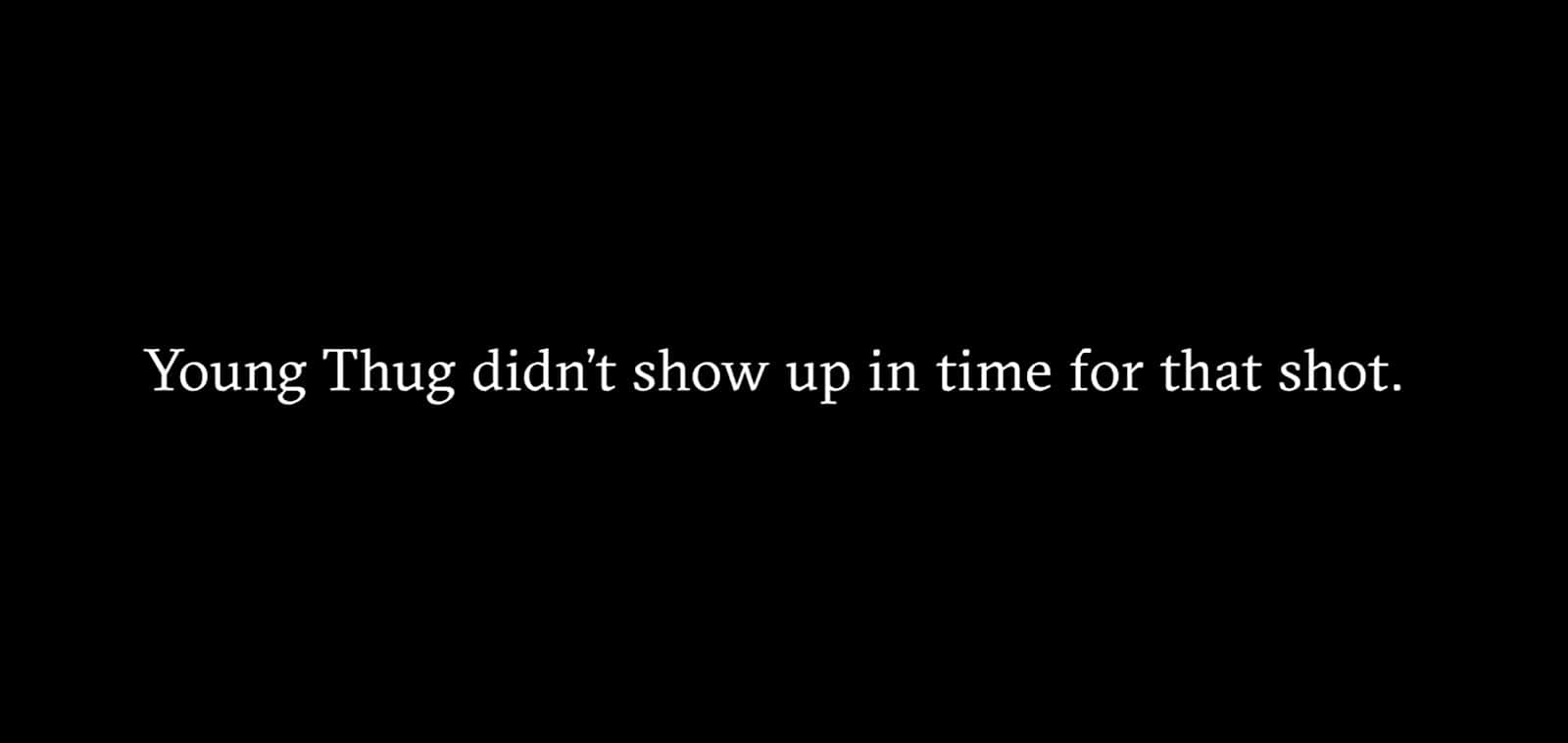
Top music videos use a story within a story to give a project depth.
As the video progresses, a strange comedy emerges. Soon the viewer becomes more engrossed by the follies than the original concept. Staake would go on to say, “I was a shell of a director afterwards. I was not optimistic about the future of the video.”
Surprisingly, the video became a hit, gaining more than a million views in the 24 hours after its release
Here, Staake avoids a potential failure by turning the project into a meta-commentary on music video excess.
Ultimately, a frame story employs classic marketing tactics to engage with a viewer and spread brand awareness.
THE BEST MUSIC VIDEOS & TRENDS FOR CREATIVES
4. The best ones use long takes
More and more, directors, old and new, are taking advantage of long takes.
From Alejandro González Inarritu to David Fincher, artists are looking for ways to elevate their craft.
Yes, if used improperly, the long take can come off as an annoying indulgence. But more than just a technical innovation, the tool is a way to harness a viewer’s attention.
The best long takes enhance the theme of a story, create suspense, and maintain the illusion of realism. These elements are also valued in many of the top music videos.
Take Haim’s video for the song, “Right now,” as an example.
Directed by Paul Thomas Anderson, and filmed at historic Valentine Studios, the video creates an intimate document of the recording process.
In this case the long take, moving slowly about the Haim sisters, makes the viewer feel as if they are right in the room.
Of course this strategy allows the audience to become more invested in the artist. This is where authenticity comes into play, and authenticity is an important branding tool.
For great music videos, it’s about being genuine while continuing to align with brand and artist principles.
Consider the video for Justin Timberlake and Chris Stapleton’s, “Say Something.”
Throughout his career, the artist has experienced the ultimate heights of pop stardom. Let’s face it, Justin Timberlake music videos have indulged in their fair share of excess.
With this type of fame and freedom, there’s a perception that everything is done for money.
But by placing himself in a stripped down setting, Timberlake says there’s more to me than bright lights and glamor. For him, it’s the music and the fans who truly provide value to his life and art.
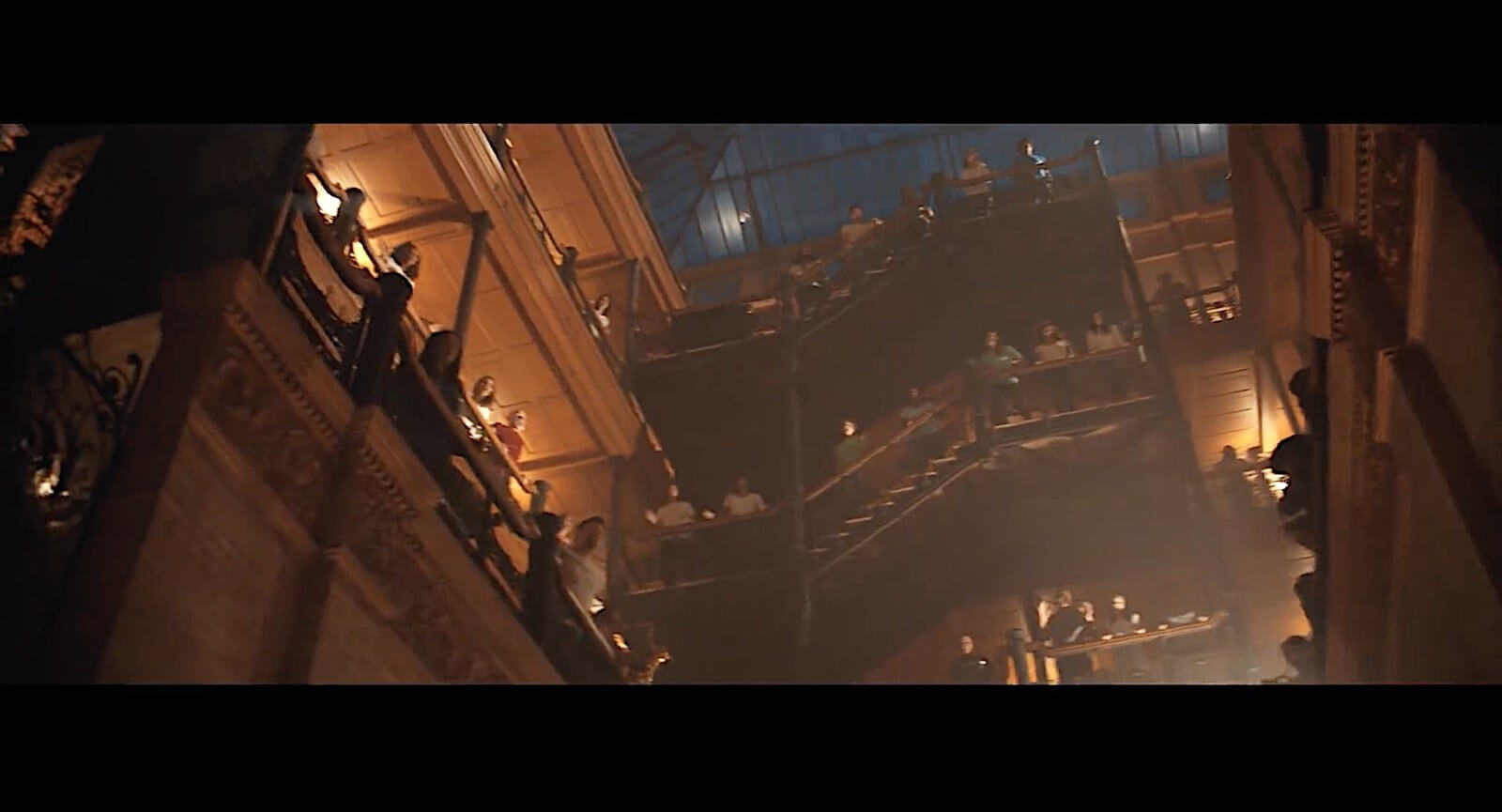
Justin Timberlake music videos promote his values and his brand.
It’s a powerful message, and one that suits both the artist’s craft, and the marketing of their brand.
Related Posts
Up Next
How to Make a Commercial People Will Actually Share
The share-ability power of web platforms has enabled music videos to spread brand awareness like never before. For artists though, it’s about finding a balance between promoting their values and their business.
Want to take your own music video project to the next level? Check out our next post on how to make a shareable commercial.
Up Next: Make a Commercial People Will Actually Share →
Project management for video creatives. Tasks, file sharing, calendars and more.
Manage video production timelines, tasks, storyboards, shot lists, breakdowns, call sheets. Made for video creatives, new media and film.
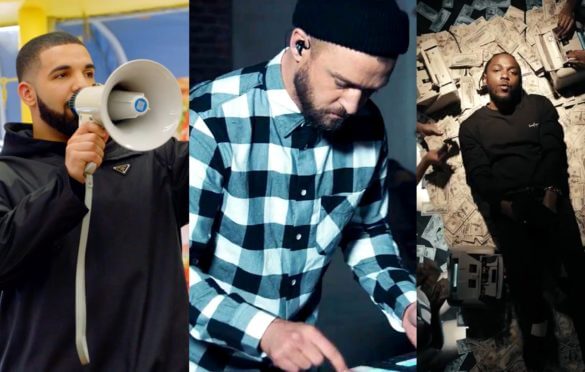
Good article. Very informative. Music videos, with roots going back to the Soundies (1940’s – 16mm short films) have always been used to promote artist/song.